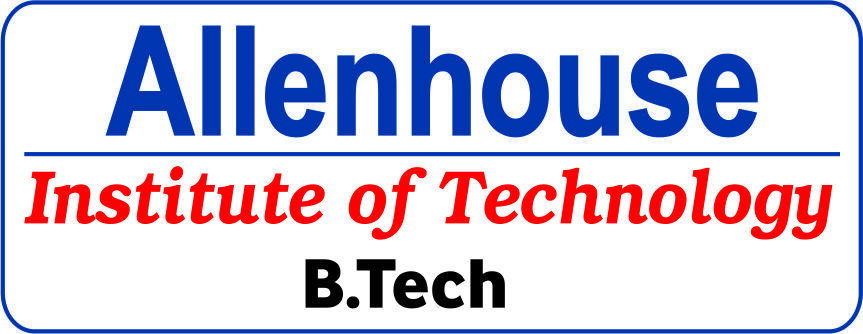Best Practice-I:
Experiential learning to students with live problems from industry through Institute Industry Interaction
Objectives of the Practice:
The objectives of the practice are as follows:
- To provide the faculty and students an opportunity to gain real life problems solving experience in shoe and leather industry related to repair, refurbishing and troubleshooting.
- To bridge the gap between academia and industry
- To make students familiar with the working environments of real industry
- To get the students trained in various processes and mechanisms of shoe and leather industry
- To prepare and place the students in shoe and leather industry
- To get consultancy projects from the Shoe and leather industry
Kanpur is famous for the production of leather shoe and leather goods globally. Kanpur leather cluster has about 1600 units and turnover of around Rs 40,000 Cr. (as of TOI July 2022). Kanpur leather industry has always faced three major problems. The first one is scarcity of skilled manpower at all levels because skilled people prefer top metro cities to work, the second problem is availability of equipment and machines use in tannery and footwear manufacturing and the third one is related to logistics. Institute has focused on the first two problems and providing solutions to the industry.
The Practice:
AIT has established two labs “Shoe Design Lab (SDL) and Machine Design and Refurbishing Lab (MDRL)” in collaboration with Promoter of Allen Cooper. The prime focus of these labs are designing and providing the machine related solutions and refurbishing. The labs are equipped with latest software, tools and techniques. Such labs are unique in the city of Kanpur and in the context of the higher education. The mode of working of the lab is as follows:
- In the first instance, experts from the leather industry come to institution to train the students. The students are trained to design.
- The students get training to dismantle the machine and exposed to every parts, functions and techniques separately.
- The students are given the opportunity to develop the capacity to analysis, synthesis and create.
- The students simultaneously learn to develop new machines from scratch.
- The students are also trained on shoe design software “Shoemaster”.
- Constraints and Limitations: All students may not be interested in leather industry and all the students may not have the required technical acumen.
So far this practice is successful more than 50 students have been trained and about 10 to 12 machines are refurbished and are functional in their respective premises.
Problems Encountered and Resource Required:
Integration of this practice academic time table of the institution and respective departments becomes the problem. Since currently the practice is provided to students free of charge, monetary difficulties come in the way. The refurbishing equipments and machines are limited so students cannot work in large numbers.
Note: Since the practice is limited to Kanpur and the leather industry, use of the same by the other institutions may not be feasible.
Best Practice-II:
Employability Enhancement and Skill Development
Objectives of the Practice:
The objectives of the practice are as follows:
- To understand the need of the industry
- To design, develop and deliver the content as per the industrial requirements. To get the students trained on the skill set needed by the industry.
- To develop a positive environment where students can hone their skills to meet the industrial challenges.
- To bridge the gap between academia and industry
- To enhance the employability of students
The Institute offers different graduate programs in engineering. Fundamental requirement for excellence of any professional institute is to produce a skilled workforce which can cater the needs of the industry, and therefore the Institute opts to design various skill based courses apart from the regular AKTU curriculum so that the employability of the students can be enhanced.
The Practice:
- Skill based training courses are floated just after the completion of first year.
- These courses are mandatory for all the students
- Students of various programs are given trainings on different skillsets as per the need and requirements of the industry of that particular program
- Extra classes on recent trends and technologies are organized
- Project Based Learning (PBL) is the basic philosophy of each skill development program
- Course material is prepared for each skill set internally by faculty and the trainings are conducted by practicing experts from different industries or academia Constraints and Limitations:
- AIT being an affiliated institute has to follow the curriculum prescribed by the University. Due to time and training constraints, sometimes, adequate attention to the trainee is lesser than expected.
- In certain skill domains inviting experienced trainer becomes a problem
- Integration of this practice with the academic time table of the institution and respective departments becomes the problem in certain cases.
- Finding qualified trainers and their retention is also a problem area in some cases.
Evidence of success:
A total of 23 such programs have been organized in the last five years benefitting more than 1300 students. Many of the students have reported that due to attending such skill development programs, their employability has gone high and they are working o a higher profile than expected, More details are given in criteria subsection 1.2.1. Some prominent training programs to be mentioned are Advance Python programming with Machine Learning, PRIMAVERA, ANSYS, AUTOCAD, CAM etc. The results can be verified from the enhancement of quality placements and our students are now qualifying national qualifiers like INFYTQ and TCSNQT in very good numbers (32 out of 60 qualified the written round of INFITQ).
Problems Encountered and Resource Required:

